< < BACK TO CHAPTER IIIC - DOUBLE FOCUS (2X)
D – CINE LENSES (2X)
The final group of anamorphics described here: the best was saved for last. Anamorphic Cine Lenses still exist in great numbers abroad (remember, this article was written in Brazil), and by 2012-2013, are being announced by many major optics developers (Cooke, Zeiss, Scorpio, Angènieux and Hawk) for cameras like RED, Panavision and Alexa.
Sadly, for this work, a single cinema lens reaches tens of thousands of dollars and falls outside the definition of “high quality for affordable prices”. I won’t go over them in detail also because there’s one single anamorphic Hawk kit in São Paulo (probably the only one in Brazil) and a couple of its lenses are in bad condition.
As presented in Chapter II – Introduction, the cinema anamorphic lens goal is to double the amount of image captured on film so there’s not much math required to figure their stretch of 2x. Currently Hawk makes some with 1.33x stretch but all the others (old and new) have a stretch factor of 2x. These lenses have no quirks and “buts” when it comes to usable aperture and close focus.
Among the best options at low prices (between US$800 and US$4000) are LOMOs, designed and manufactured at the technological apex of Soviet Union. There are two main series of prime lenses: Squarefronts and Roundfronts and their names already hint how they look. Most common mounts are also two, OCT-18 and OCT-19.
OCT-18 is the oldest of the two and it’s the russian version for the international Arri Standard Mount, just a tad bigger. Lenses with this mount go deep into the camera and twist inside the mount itself due to a locking pin which acts as a focusing mechanism. This results in a very short distance between the rear glass and the camera sensor, preventing its use in cameras that have mirrors inside, working properly only with mirrorless models, like Panasonic’s GH series, BlackMagic Designs and now many of the Sony Alpha series.
OCT-19 mount is also the russian version for another international standard, Arri PL, a little larger as well. Came after OCT-18 and replaced it for being sturdier and easier to handle. The curious part of this story is that both mounts (OCT-18 and OCT-19) were developed from cameras captured during World War II and redesigned so the russian lenses wouldn’t work in cameras other than Soviet Union’s.
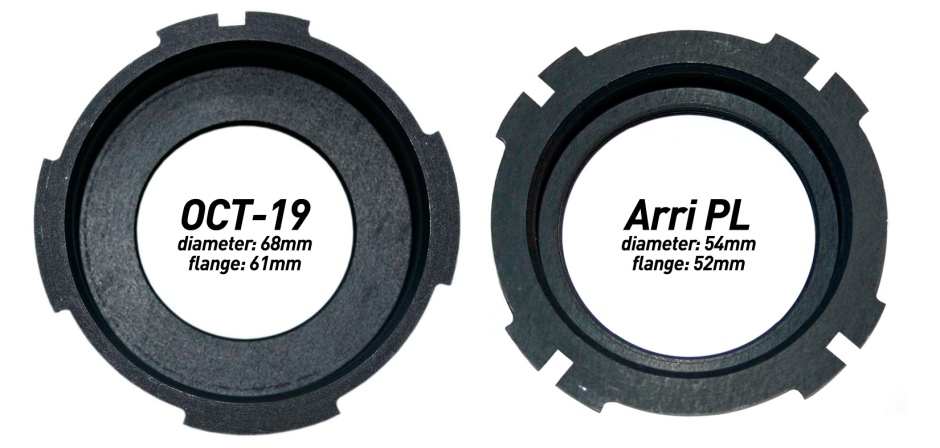
Arri PL and OCT-19 side by side comparison.
It’s fairly easy to find lenses with both kinds of mounts. OCT-18 go for lower prices, but both are extremely cheaper than any non-russian anamorphic cinema lenses.
Squarefronts are older, from 1960-70 and their look is unmistakable, its front is, literally, square. Every lens features the acronym NAS (HAC, cyrillic) which stands for anamorphic attachment, pointing out that these lenses are composed by two distinct optical blocks, a spherical one and an anamorphic one, similar to the many other options presented so far in these posts.
Soviet’s greatest innovation is a combined focus system in which a bolt connect both optical blocks and the focus scale in them is absolutely identical. This way, by focusing with the anamorphic focus ring the user automatically adjusts the spherical block’s focus as well. It’s a very simple solution and beats every other idea so far in terms of efficiency.
The biggest issue of having separate parts is the need to have a proper support system that won’t let the anamorphic block topple over and crash on the ground. There are some decent solutions and ideas over the web of how to achieve this safety and still keep gear to a minimum with great mobility.
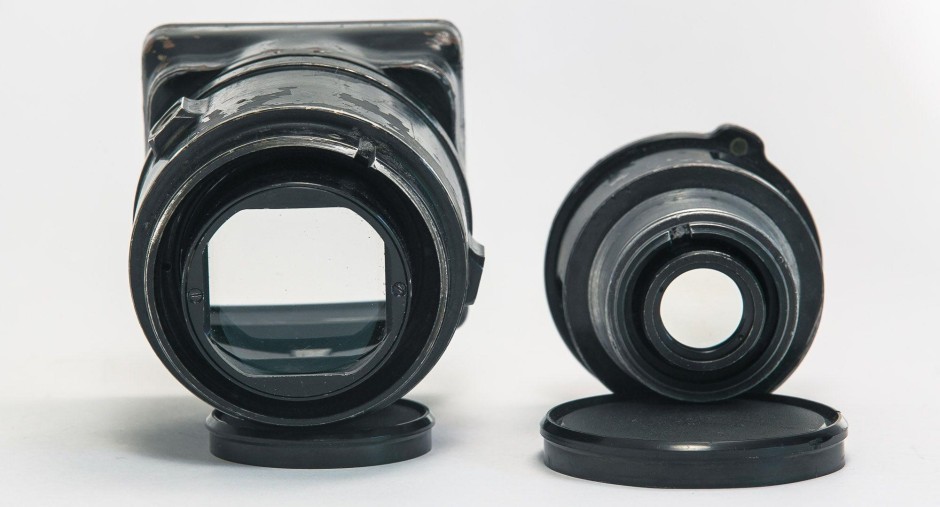
LOMO 35HAC4-1 50mm T/2,5 OCT-18.
An interesting aspect of these designs is that some of the anamorphic fronts are compatible with more than one spherical back. The most common case is having a single anamorphic front for 75mm and 50mm backs or 50mm and 35mm backs, lowering the cost for a complete set and also making our camera bags lighter!
On the following decades came the Roundfronts, BAS (БAC, in cyrillic) acronym, meaning anamorphic block: the lens doesn’t split in half, it’s a single unit containing both spherical and anamorphic blocks and a single focus ring. It’s an anamorphic lens that works as… a regular lens, without quirks. For this basic reason they reach much much higher prices than their older squarefront sisters. Their mount is usually OCT-19 or Arri PL (when upgraded to work with modern cameras). Many professional cinematographers like using Roundfront sets nowadays because they have a very different look when compared to modern anamorphic lenses, which tend to be clinical and strile, without any personality.

Squarefront and Roundfront LOMOs side by side.
Among these prime series LOMO also developed a couple zoom lenses, harder to find and steeper to buy. Between these, the easiest to afford is the Foton-A, which works with squarefront’s combined focus mechanism and can be split in spherical and anamorphic blocks.
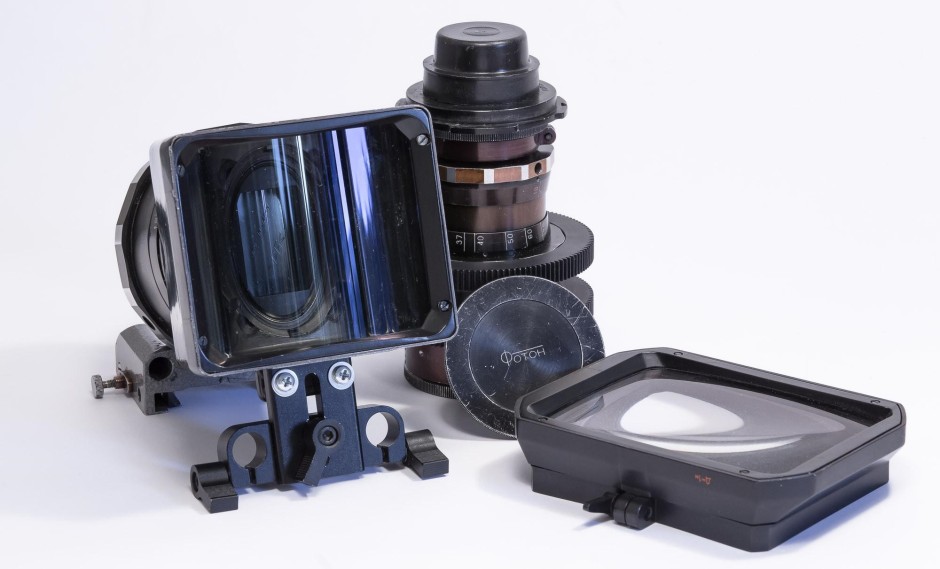
Foton-A 37-140mm T/4.4 OCT-19 split anamorphic and spherical blocks and +1 diopter.
There are also single block zooms, like roundfronts, but these are almost impossible to be found for sale. When they show up online, prices are always above US$10.000.
Even some more years ahead, around the 1980s, a couple rear anamorphic adapters were developed and released to the market. These were designed to work with a very specific group of lenses, the super-zooms. Lenses that ranged from 20-25mm up to 100-250mm. The most popular ones were Angènieux’s and Cooke’s, which shared very similar designs. The adapter was to be attached behind the last optical element of the lens and squeezed the image right before it reached the film.
Russians wouldn’t stay behind and, as they had lenses “inspired” by the same designs, soon made their own rear adapters as well. On their case, just for a couple LOMOs, and each adapter worked only with a specific super-zoom.
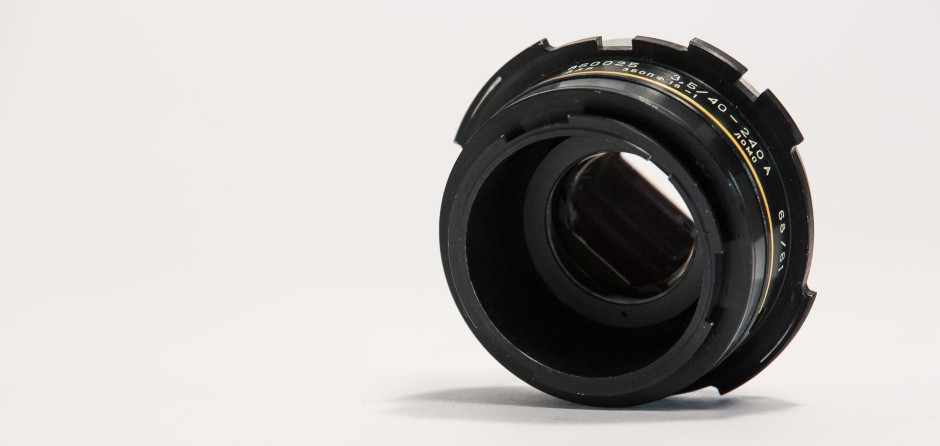
Rear anamorphic adapter for LOMO 35OPF-18-1 20-120mm T/3.3 OCT-19.
As these adapters came between the back of the lens and the film strip, they automatically caused some light loss – usually 1 f/stop – and an “increase” in image size, in a similar effect to an tele-converter.
The easiest way to wrap your head around this idea is to imagine the whole thing as a projection system. If the screen is close to the projector, your image is brighter and smaller. As you increase the distance between them, the image becomes bigger and some of it falls off the screen. So, when this kind of adapter is installed, the focal length of the lens doubles. A 25-250mm becomes 50-500mm, a 20-120mm becomes 40-240mm and so on. The greatest advantage here is that even though the focal length has been doubled, due to the 2x squeeze, this increase is only noticeable on the vertical axis. It’s quite confusing to explain this with words, so I’m calling some images to help me right below.

Spherical 20mm.

Spherical 40mm, 2x tele-converter.

40mm with rear anamorphic adapter.
It’s easy to see that, even with a longer lens (40mm compared to 20mm) the image loss happens only in the vertical axis. With these little accessories the need to make anamorphic super-zooms was dead, providing a quick way to swap between spherical and anamorphic version of a single lens.
Sure thing, a rear anamorphic adapter gets rid of flares and oval bokeh, which are some of the most desired features nowadays – features despised by most DOPs during the 1970-80s – so a lot of folks today wouldn’t be interested in them. But for those who only want to shoot CinemaScope without dealing with too much optical noise (flares and bokeh) nor discard image through cropping, the rear adapter is the best way to go.
During my research around Brazil I had a great deal of help and support from my colleague Gustavo Fattori when we had the chance to take a look at a Hawk set at a local rental facility (Rentalcine, São Paulo). We used a RED Epic for testing. It was a wide set – 35mm, 50mm, 75mm, 100mm and 135mm – of Hawk B-Series, with 2x stretch.
The 35mm is a behemoth: the front glass measures almost the same as a dessert plate and the lens weighs over 3kg. Edge distortion is very strong as a wide-angle lens usually does, but even more prominent due to the bent glass. Right after this one, we tried the 50mm, which had a loose back element inside the lens and required servicing. Lens flare, in both cases, wasn’t too fancy and both were also pretty dark (even though they were marked as T/2.2). We ended up not even trying the other ones.
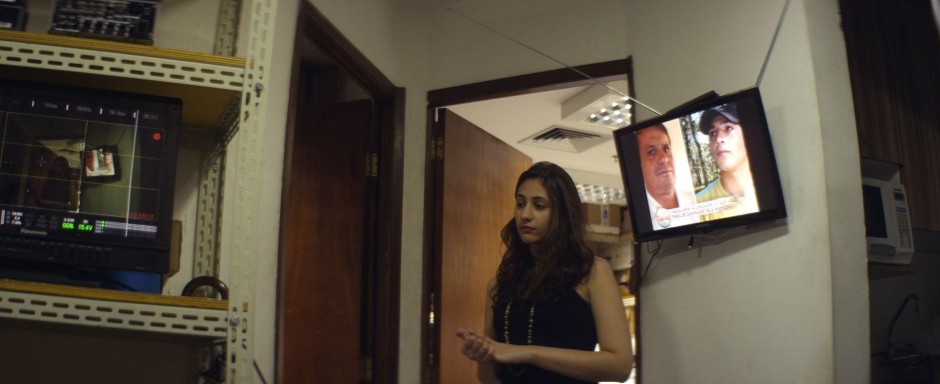
RED Epic (5K Ana) + Hawk B-Series 35mm T/2.2 Anamorphic.
Another curious piece of information regarding this set is the “B-Series” naming once Hawk’s official website only mentions C-Series and V-Series. I found only one single reference, in a forum, saying that this is a less reliable and cheaper design, developed exclusively for the Indian cinema market and not made in great numbers or anywhere else in the world. This gets me wondering: how the heck did an Indian cine lens kit ended up in Brazil? What kind of deals this thing went through? Anyway, this is just me, wondering the story behind random stuff.
Even defective, dark and questionable in terms of quality, these are already much superior to any projection lenses, mini-DV adapters, Iscoramas and even LOMO Squarefronts. Its quality is only matched by Roundfronts, but stil stays way back when compared to the anamorphics Hollywood uses nowadays.

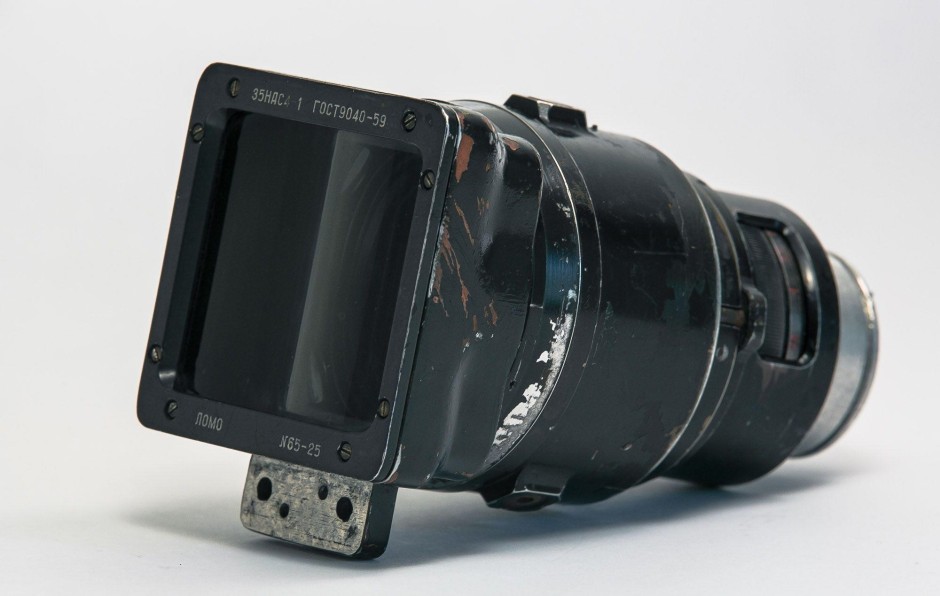
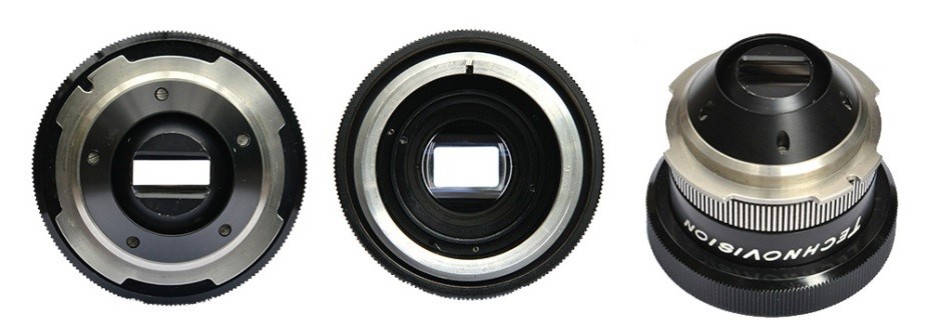
[…] ‹ Anamorphic on a Budget – Chapter IIID […]